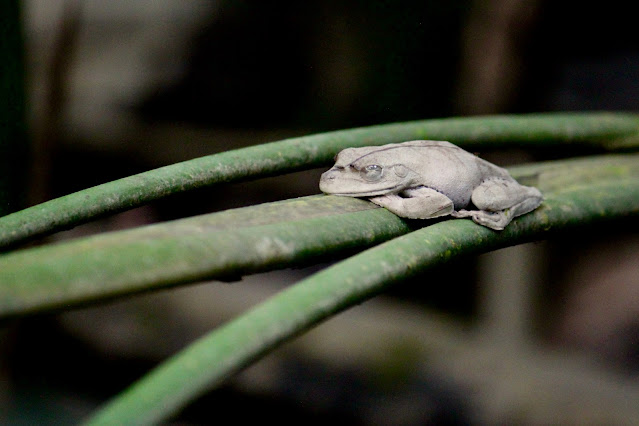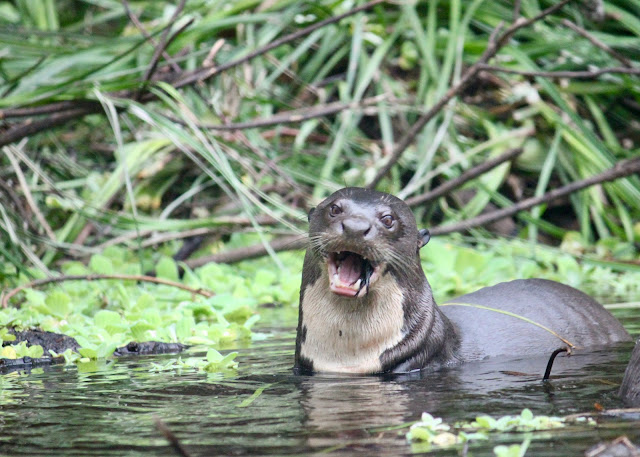Yasuni National Park, Ecuador
Today we got to Yasuni National Park, and it’s like a fog was lifted from me. Our room in Quito was really cramped for four. And I had the worst nightmare our last night there. It woke me up in the middle of the night and I saw on the ceiling right over me, the very large shadow of an angel holding a book. It was so strange, and if I were religious at all I would say that I’d had a vision.
Yasuni National Park is the largest national park in Ecuador. The Napo Wildlife Center is the only eco-lodge actually inside the National Park because it is run by an indigenous tribe called the Kichwa Anunga, it’s kind of like how Native Americans are allowed to run gaming casinos in the US in places where others aren’t allowed.
To get to the Wildlife Center, we flew from Quito to Coca, then after a quick truck ride, boarded a motorized canoe for 2.5 hours down the Napo River. The Napo River is a tributary to the Amazon River. It’s big and wide with some oil drilling along its shores. Oil and tourism are the two large local industries. We were told all of the airplane passengers were either tourists or oil workers. After the motorized boat, we turned into a smaller river, and switched to a smaller man-powered canoe. The water in the smaller river is a “black water” river because it is local rainfall that washes the tannins from the soil into the river, making it a very dark tea color. They call the Napo River a “white water” river because the water is runoff from the mountains and the color is more of a brown latte color.
The small canoe ride was another 2 hours to the Napo Wildlife Center. On the way, we saw caiman, birds, and most interestingly, river otters. The river otters were screaming, at least a baby was. We saw one catch a fish and then others came to try to get a bite.
Every day we hopped on the canoe and looked for more birds and animals. I've never enjoyed birdwatching much since they're usually so far away that it's hard to spot them. But the narrowness of the river meant that the birds were so close!
An anhinga drying its feathers. These birds don't have waterproof feathers like most water birds do. Wet feathers and dense bones help them slowly submerge their bodies under the water so they can stalk prey. Because they don’t have oil glands or water repellent feathers, you can often see them relying on the sun to dry their wings and warm their bodies.
 |
| A bird trying unsuccessfully to keep dry during a rain storm |
 |
| We passed this little guy in our canoe |
 |
| We saw a few different types of monkeys |













Comments
Post a Comment